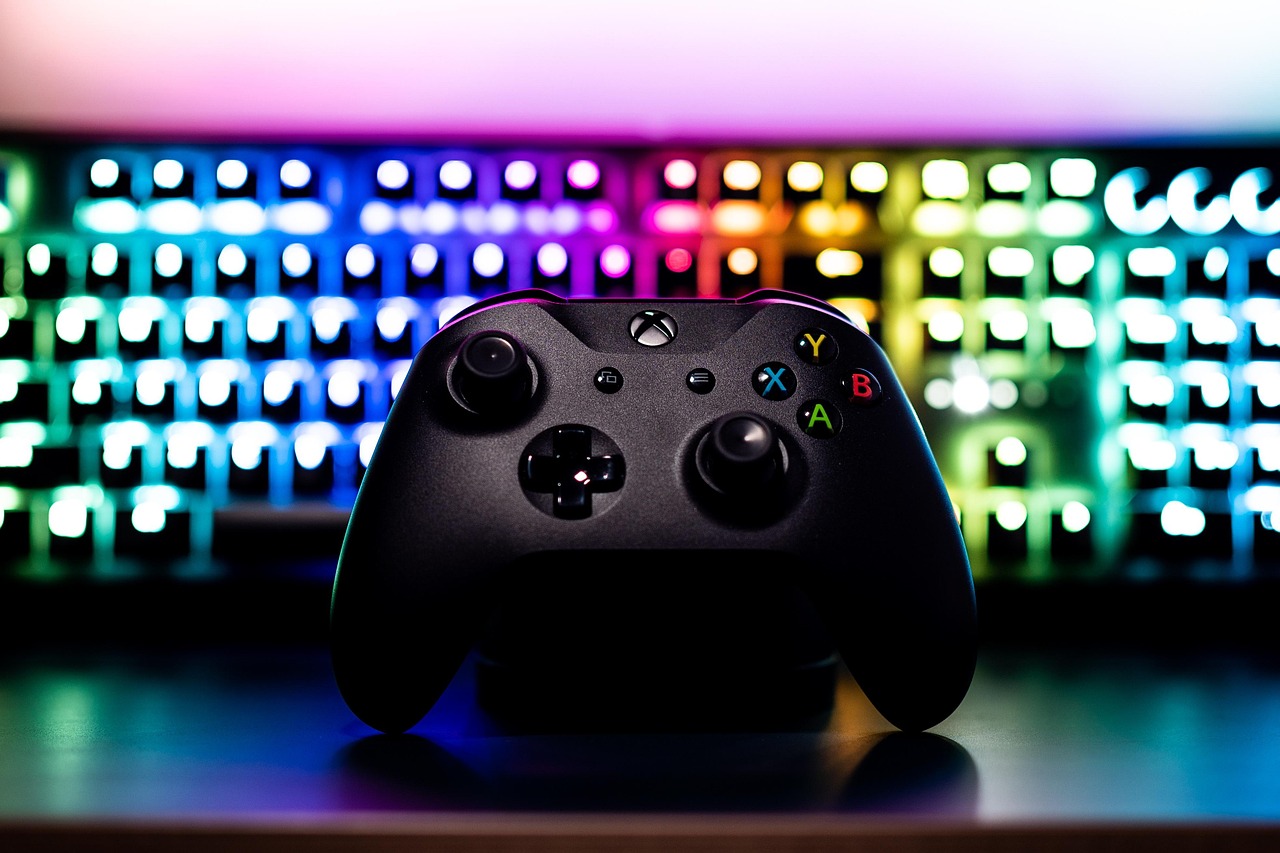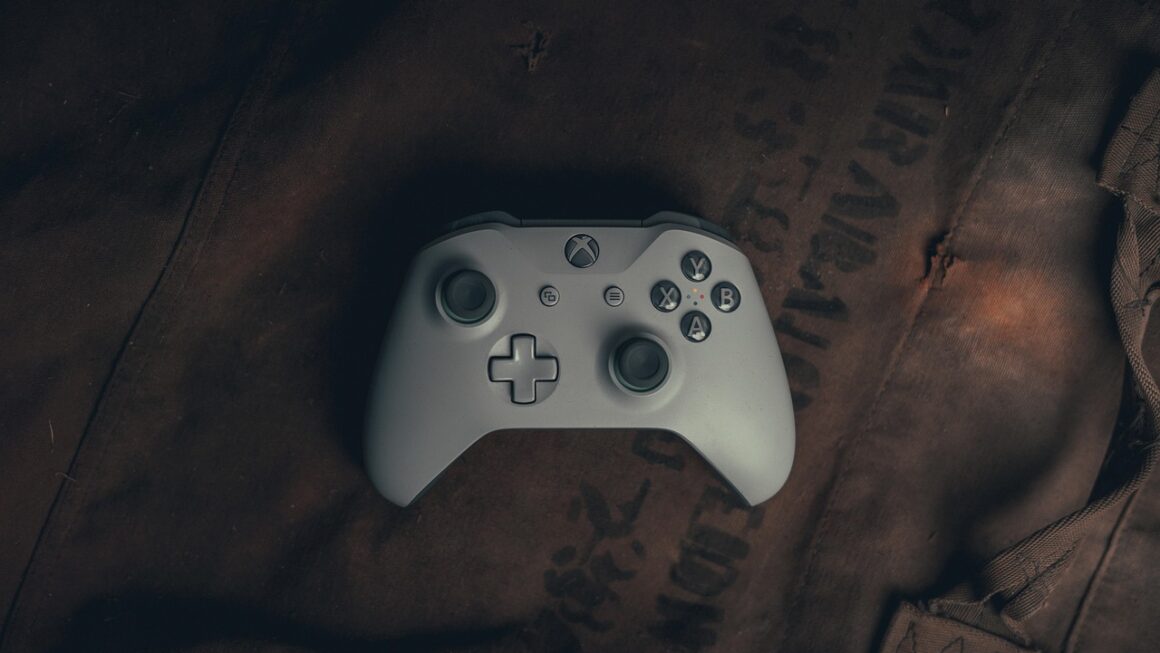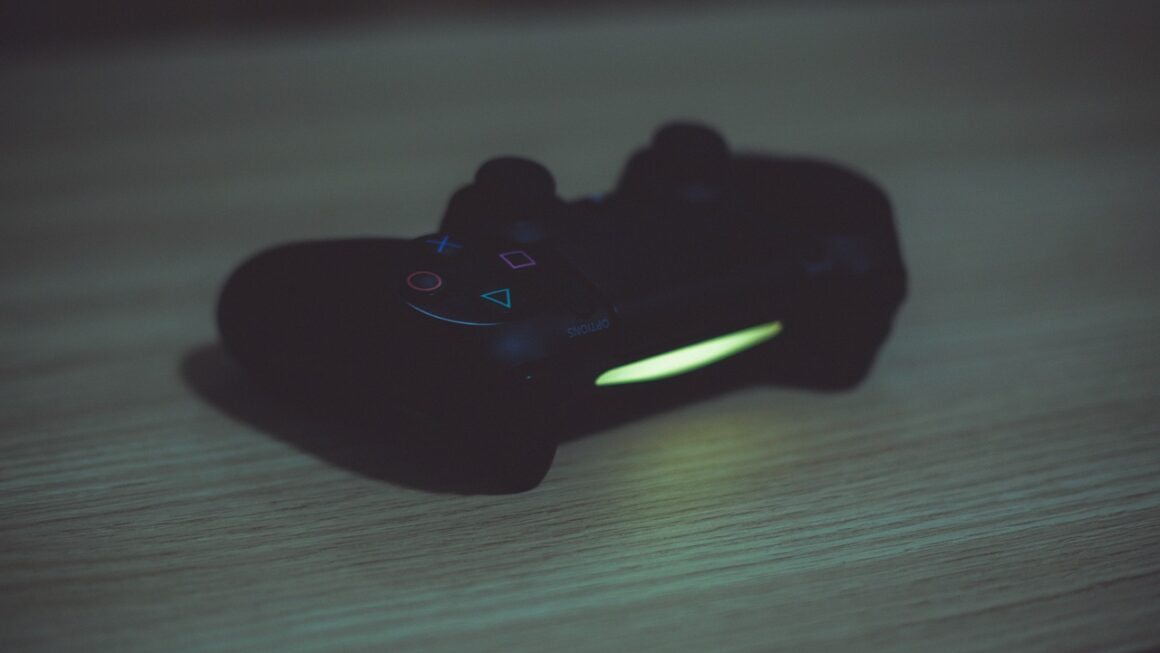The world of gaming has evolved beyond dedicated consoles and desktop PCs. For gamers seeking power and portability, gaming laptops offer a compelling solution. These high-performance machines pack cutting-edge technology into a mobile form factor, allowing you to enjoy your favorite games on the go. But with so many options available, choosing the right gaming laptop can be a daunting task. This comprehensive guide will walk you through everything you need to know to make an informed decision and find the perfect gaming laptop for your needs.
Understanding Gaming Laptop Components
Gaming laptops are more than just regular laptops with a fancy design. They are built with specific components designed to handle the demanding requirements of modern games. Let’s break down the key components and why they matter.
Central Processing Unit (CPU)
The CPU, or processor, is the brain of your gaming laptop. It handles all the calculations and instructions needed to run the game and other applications.
- Intel vs. AMD: Both Intel and AMD offer excellent CPUs for gaming laptops. Intel’s Core i7 and i9 series, and AMD’s Ryzen 7 and Ryzen 9 series are popular choices for high-end gaming.
- Core Count and Clock Speed: More cores and higher clock speeds generally translate to better performance, especially in CPU-intensive games and multitasking scenarios.
- Example: A laptop with an Intel Core i7-12700H or an AMD Ryzen 9 6900HX would be a great choice for demanding games.
Graphics Processing Unit (GPU)
The GPU, or graphics card, is responsible for rendering the images you see on the screen. It’s arguably the most important component for gaming performance.
- NVIDIA GeForce RTX Series: NVIDIA’s RTX series GPUs are the gold standard for gaming laptops. They offer excellent performance and support features like ray tracing and DLSS (Deep Learning Super Sampling). The RTX 30 series and RTX 40 series are current generation.
- AMD Radeon RX Series: AMD’s Radeon RX series GPUs are also a strong contender, offering competitive performance and features.
- VRAM (Video RAM): The amount of VRAM your GPU has is crucial for handling high-resolution textures and complex scenes. Look for at least 6GB of VRAM for modern games, with 8GB or more being preferable.
- Example: An NVIDIA GeForce RTX 3070 or an AMD Radeon RX 6800M would be a solid choice for high-end gaming at 1080p or 1440p. An RTX 4080 or 4090 would be for extreme performance.
RAM (Random Access Memory)
RAM is your laptop’s short-term memory. It’s used to store data that the CPU and GPU need quick access to.
- Amount of RAM: 16GB of RAM is the sweet spot for most modern games. Some demanding games or streaming setups may benefit from 32GB.
- Speed of RAM: Faster RAM speeds can improve performance, especially in CPU-bound games. Look for RAM with speeds of at least 3200MHz.
- Example: A gaming laptop with 16GB of DDR4 3200MHz RAM would be a good starting point. DDR5 is the newest generation and offers higher performance.
Storage (SSD vs. HDD)
Storage is where your games, operating system, and other files are stored.
- SSD (Solid State Drive): SSDs offer significantly faster loading times compared to traditional HDDs (Hard Disk Drives). They are essential for a smooth gaming experience.
- HDD (Hard Disk Drive): HDDs are cheaper than SSDs but are much slower. They are suitable for storing large files that you don’t access frequently.
- NVMe SSD: NVMe SSDs offer even faster speeds than SATA SSDs, resulting in quicker boot times and game loading.
- Example: Aim for at least a 512GB NVMe SSD for your primary storage, and consider adding a 1TB HDD for storing larger files like game recordings or media.
Display
The display is your window into the gaming world.
- Refresh Rate: A higher refresh rate (measured in Hz) results in smoother visuals, especially in fast-paced games. Look for a display with at least 120Hz, with 144Hz or higher being preferable.
- Resolution: 1080p (Full HD) is a good starting point, but 1440p (QHD) offers a sharper image and is becoming increasingly popular. 4K (Ultra HD) is the highest resolution but requires a powerful GPU.
- Panel Type: IPS panels offer good color accuracy and viewing angles, while TN panels have faster response times but less accurate colors. OLED panels offer the best color accuracy and contrast but are less common.
- Example: A 15.6-inch 144Hz 1080p IPS display would be a great choice for most gamers.
Key Features to Consider
Beyond the core components, several other features can significantly impact your gaming experience.
Cooling System
Gaming laptops generate a lot of heat, so an effective cooling system is crucial to prevent overheating and maintain performance.
- Fan Design: Look for laptops with multiple fans and heat pipes designed to dissipate heat efficiently.
- Liquid Cooling: Some high-end gaming laptops offer liquid cooling solutions for even better thermal performance.
- Example: Research cooling performance through reviews before committing to a purchase. A poorly cooled laptop will throttle performance quickly.
Keyboard and Trackpad
A comfortable and responsive keyboard is essential for long gaming sessions.
- Key Travel: Look for a keyboard with decent key travel (the distance the keys move when pressed).
- Anti-Ghosting: Anti-ghosting ensures that all your key presses are registered, even when pressing multiple keys simultaneously.
- Backlighting: Backlighting allows you to see the keys in low-light conditions.
- Trackpad: While most gamers use a dedicated mouse, a responsive trackpad is still important for general use.
- Example: Many gaming laptops feature mechanical keyboards, which offer a more tactile and responsive feel.
Battery Life
While gaming laptops are not known for their exceptional battery life, it’s still an important consideration.
- Battery Capacity: A larger battery capacity generally translates to longer battery life.
- Power Efficiency: Some components are more power-efficient than others, which can impact battery life.
- Example: Don’t expect more than a few hours of gaming on battery power. Gaming laptops are best used plugged in for optimal performance.
Ports and Connectivity
Make sure the laptop has all the ports you need for your peripherals and accessories.
- USB Ports: Look for a variety of USB ports, including USB-A and USB-C ports.
- HDMI Port: An HDMI port allows you to connect the laptop to an external monitor or TV.
- Ethernet Port: An Ethernet port provides a stable wired internet connection.
- Headphone Jack: A headphone jack is essential for connecting headphones or a headset.
- Example: Check that the laptop has enough USB ports to connect your mouse, keyboard, and headset simultaneously.
Setting a Budget and Finding Deals
Gaming laptops can range in price from budget-friendly to extremely expensive. Setting a budget upfront is crucial.
Research and Compare Prices
- Read Reviews: Read reviews from reputable sources to get an idea of the laptop’s performance and features.
- Compare Prices: Compare prices from different retailers to find the best deal.
- Look for Sales and Discounts: Keep an eye out for sales and discounts, especially during holidays.
Consider Refurbished or Open-Box Options
- Save Money: Refurbished or open-box laptops can offer significant savings.
- Check Warranty: Make sure the laptop comes with a warranty, even if it’s refurbished.
- Verify Condition: Carefully inspect the laptop for any cosmetic damage or functional issues.
Don’t Overspend
- Focus on Your Needs: Don’t get caught up in the hype and overspend on features you don’t need.
- Balance Performance and Price: Find a balance between performance and price that fits your budget.
- Example: A mid-range gaming laptop with an RTX 3060 or RTX 3070 can provide excellent performance for most gamers without breaking the bank.
Maintaining and Optimizing Your Gaming Laptop
Once you have your gaming laptop, proper maintenance and optimization are essential to keep it running smoothly.
Keep Your Drivers Updated
- NVIDIA GeForce Experience: Use NVIDIA GeForce Experience to update your GPU drivers.
- AMD Radeon Software: Use AMD Radeon Software to update your GPU drivers.
- Manufacturer’s Website: Visit the laptop manufacturer’s website to download and install the latest drivers for other components.
Clean Your Laptop Regularly
- Dust Removal: Use compressed air to remove dust from the vents and fans.
- Screen Cleaning: Use a microfiber cloth to clean the screen.
- Keyboard Cleaning: Use a damp cloth to wipe down the keyboard.
Monitor Temperatures
- Monitoring Software: Use monitoring software like MSI Afterburner or HWMonitor to track your CPU and GPU temperatures.
- Thermal Throttling: If your laptop is overheating, it may be thermal throttling, which can reduce performance.
- Example: If your CPU or GPU temperatures are consistently above 90°C, consider improving the cooling system by using a cooling pad or re-pasting the thermal paste.
Optimize Game Settings
- Graphics Settings: Adjust the graphics settings in your games to balance visual quality and performance.
- Resolution Scaling: Experiment with resolution scaling to improve performance without sacrificing too much visual fidelity.
- Example: Turning down shadow quality or disabling anti-aliasing can significantly improve performance.
Conclusion
Choosing the right gaming laptop involves careful consideration of your needs, budget, and the specific components and features that are important to you. By understanding the key factors discussed in this guide, you can make an informed decision and find a gaming laptop that will provide you with countless hours of immersive gaming experiences. Remember to prioritize components like the GPU, CPU, RAM, and SSD, and don’t forget to consider features like the display, cooling system, and keyboard. Happy gaming!




